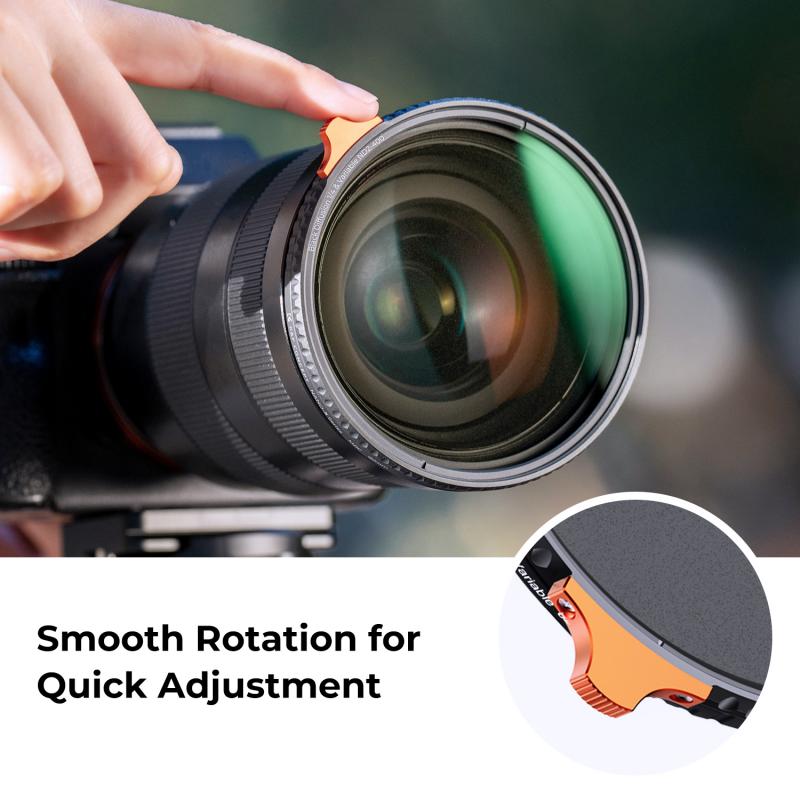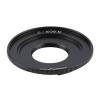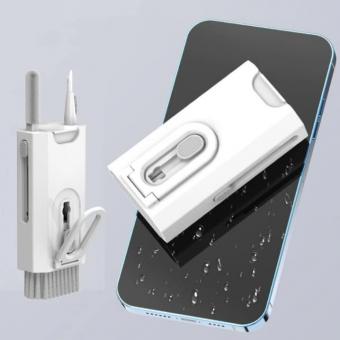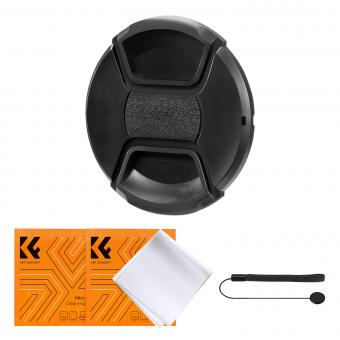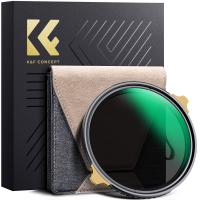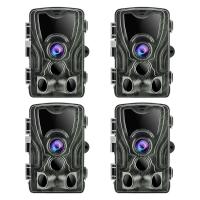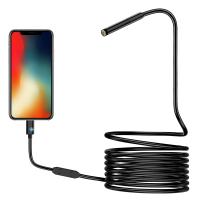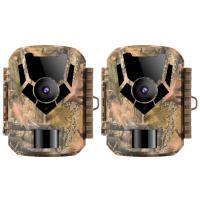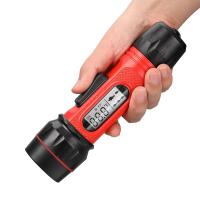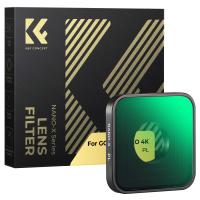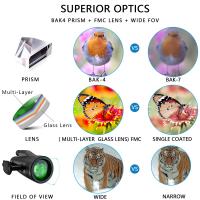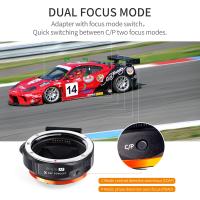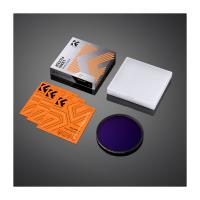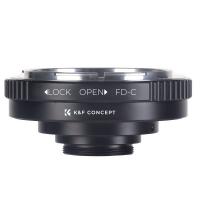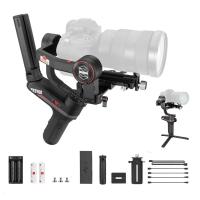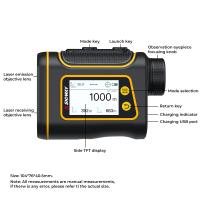Which Digital Camera Lens Filter To Use ?
The choice of digital camera lens filter depends on the specific needs and preferences of the photographer. There are various types of filters available, each serving a different purpose. Some common filters include UV filters, polarizing filters, neutral density filters, and color filters. UV filters are primarily used to protect the lens from scratches, dust, and moisture. Polarizing filters help reduce glare and improve color saturation, especially when shooting landscapes or water scenes. Neutral density filters are useful for controlling the amount of light entering the lens, allowing for longer exposures or wider apertures in bright conditions. Color filters can be used to enhance or modify the colors in a scene. Ultimately, the choice of filter will depend on the desired effect and the shooting conditions.
1、 UV Filters: Protects lens and reduces haze in outdoor photography.
UV filters are a popular choice among photographers for various reasons. One of the primary purposes of a UV filter is to protect the lens from scratches, dust, and other potential damage. It acts as a barrier between the lens and the external environment, ensuring that any potential harm is absorbed by the filter rather than the lens itself. This is particularly important when shooting in outdoor environments where the lens is more susceptible to damage.
Additionally, UV filters also help to reduce haze in outdoor photography. When shooting in bright sunlight, UV rays can cause a bluish cast and reduce the overall clarity of the image. By using a UV filter, these unwanted UV rays are blocked, resulting in a clearer and more vibrant photograph. This is especially beneficial when capturing landscapes or scenic views, as it helps to enhance the overall quality of the image.
It is worth noting that some photographers argue that UV filters may have a minimal impact on image quality, particularly with modern digital cameras that already have built-in UV filters. However, others still prefer to use UV filters as an added layer of protection for their lenses.
In recent years, there has been a shift in the photography community towards using lens filters that serve a specific purpose, such as polarizing filters or neutral density filters. These filters can have a more noticeable impact on image quality and creative control compared to UV filters. However, the decision to use a UV filter ultimately depends on the individual photographer's preferences and shooting conditions.
In conclusion, UV filters are a valuable tool for protecting lenses and reducing haze in outdoor photography. While their impact on image quality may be debated, many photographers still choose to use them as a precautionary measure. However, it is important to consider other types of lens filters that may offer more creative control and enhance image quality in specific shooting situations.
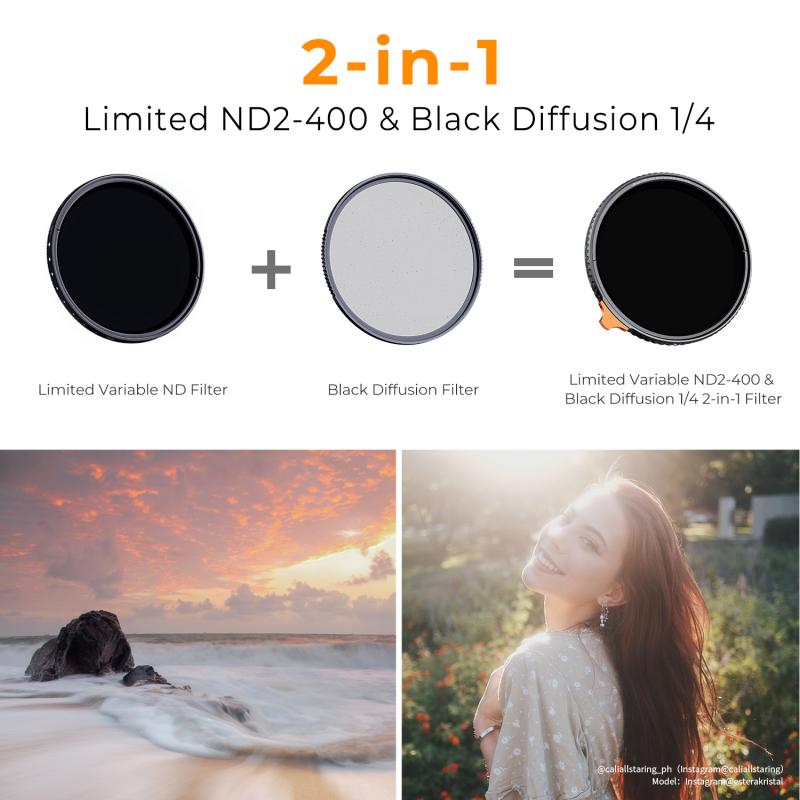
2、 Polarizing Filters: Reduces glare and enhances color saturation.
Which digital camera lens filter to use? Polarizing filters are a popular choice among photographers as they offer several benefits. One of the main advantages of using a polarizing filter is that it reduces glare caused by reflections. This is particularly useful when shooting landscapes or scenes with water, as it helps to eliminate unwanted reflections from the surface. By reducing glare, a polarizing filter can also enhance the overall clarity and detail in your images.
Another benefit of using a polarizing filter is that it enhances color saturation. It can make colors appear more vibrant and saturated, resulting in more visually appealing images. This is especially useful when photographing scenes with a lot of blue sky or foliage, as it can make the colors pop and create a more dynamic image.
In addition to reducing glare and enhancing color saturation, polarizing filters can also help to improve contrast in your images. They can darken the sky, making clouds stand out more and creating a more dramatic effect. This can add depth and dimension to your photographs, making them more visually striking.
It is important to note that the effectiveness of a polarizing filter can vary depending on the angle of the light source and the direction in which you are shooting. Therefore, it is recommended to experiment with different angles and orientations to achieve the desired effect.
In conclusion, if you are looking to reduce glare, enhance color saturation, and improve contrast in your photographs, a polarizing filter is a great choice. It can help you capture more vibrant and visually appealing images, adding an extra level of professionalism to your photography.
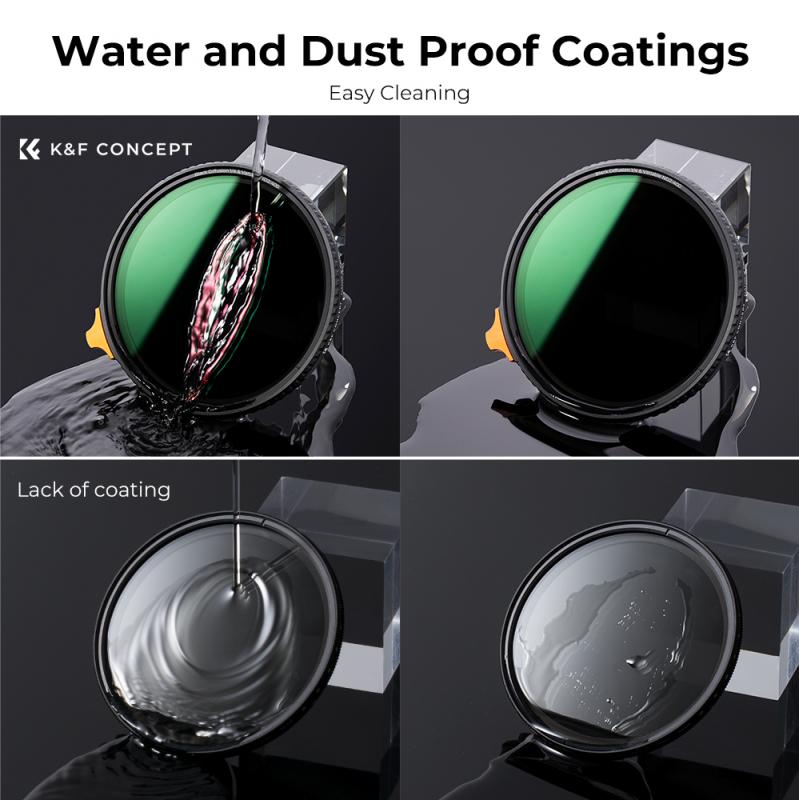
3、 Neutral Density Filters: Reduces light intensity for longer exposures.
Neutral Density (ND) filters are an essential tool for photographers looking to control light intensity and achieve longer exposures. These filters are particularly useful in situations where there is too much light, such as bright daylight or when shooting waterfalls or other moving subjects.
The primary purpose of an ND filter is to reduce the amount of light entering the camera without affecting the color or contrast of the image. By doing so, it allows photographers to use slower shutter speeds, resulting in creative effects like motion blur or smooth water surfaces. ND filters come in different strengths, typically measured in stops, which determine the amount of light reduction they provide.
When choosing an ND filter, it is important to consider the desired effect and the lighting conditions. For instance, a 3-stop ND filter is suitable for slightly reducing light in moderately bright conditions, while a 10-stop ND filter is ideal for extremely bright situations, such as shooting in direct sunlight.
In recent years, advancements in digital camera technology have made it possible to simulate the effects of ND filters in post-processing. However, using physical ND filters still offers several advantages. Firstly, they allow photographers to visualize the effect in real-time, making it easier to compose the shot. Secondly, using ND filters in-camera can help preserve details in highlights and shadows, resulting in a higher quality image.
Ultimately, the choice of which ND filter to use depends on the specific shooting conditions and the desired effect. It is recommended to have a range of ND filters in your kit to accommodate different lighting situations and creative preferences.

4、 Graduated Neutral Density Filters: Balances exposure in high contrast scenes.
Graduated Neutral Density (ND) filters are a popular choice among photographers when it comes to balancing exposure in high contrast scenes. These filters are designed to darken a specific portion of the image, typically the sky, while keeping the foreground properly exposed. By doing so, they help to reduce the dynamic range of the scene and prevent overexposure or underexposure in different areas of the photograph.
When choosing a graduated ND filter, there are a few factors to consider. Firstly, the strength of the filter is important. Graduated ND filters come in different densities, ranging from light to dark. The choice of filter strength depends on the specific scene and the amount of contrast you need to balance. For example, a lighter filter may be suitable for a scene with a subtle difference in brightness between the sky and the foreground, while a darker filter may be necessary for a scene with a more pronounced contrast.
Additionally, the type of graduated ND filter is worth considering. There are two main types: hard-edge and soft-edge filters. Hard-edge filters have a distinct and abrupt transition between the darkened and clear areas, making them ideal for scenes with a clear horizon line. Soft-edge filters, on the other hand, have a gradual transition, making them more suitable for scenes with uneven or indistinct horizon lines.
It is also important to choose a high-quality filter to ensure minimal impact on image quality. Look for filters made from high-quality materials that are resistant to scratches, flare, and ghosting. Coatings such as multi-coating or nano-coating can also help to reduce reflections and improve overall image quality.
In recent years, advancements in digital photography have led to the development of software tools that can mimic the effect of graduated ND filters during post-processing. These tools, such as HDR (High Dynamic Range) techniques or exposure blending, allow photographers to achieve similar results without the need for physical filters. However, using physical filters still offers certain advantages, such as preserving details in highlights and reducing the reliance on post-processing.
In conclusion, when faced with high contrast scenes, using graduated ND filters can be an effective way to balance exposure and capture a well-exposed image. The choice of filter strength and type depends on the specific scene, and it is important to select a high-quality filter to minimize any impact on image quality. While software tools can replicate the effect of graduated ND filters, using physical filters still offers certain advantages. Ultimately, the decision on which digital camera lens filter to use depends on the photographer's preference and the desired outcome.
